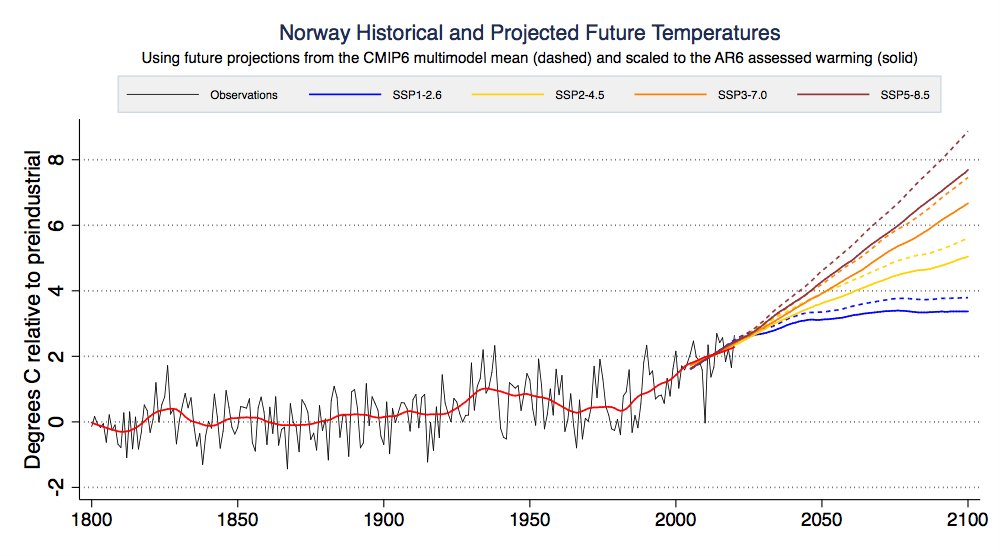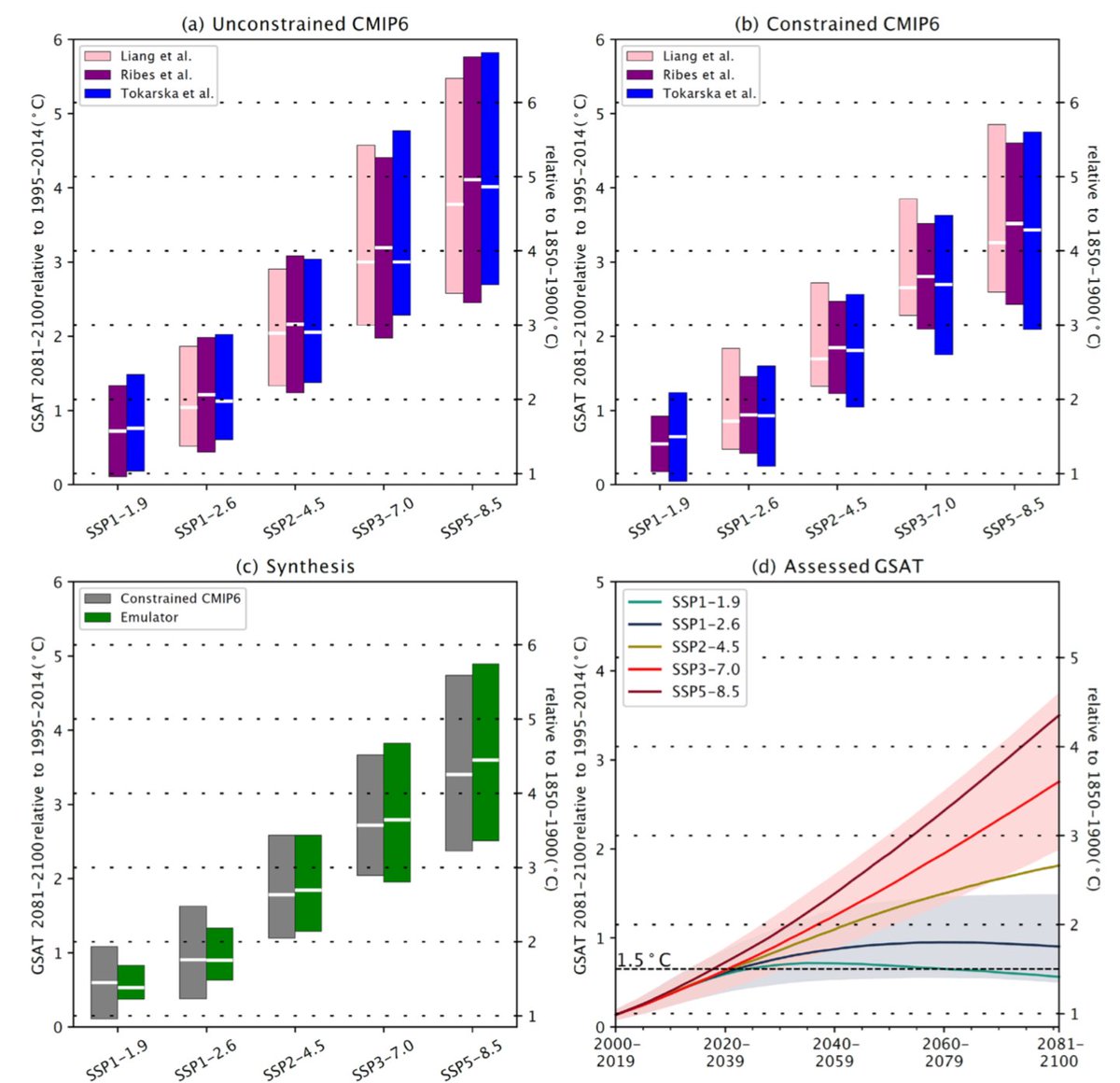
The new @IEA 2021 World Energy Outlook provides more evidence that the world has moved away from high-emissions scenarios where coal powers the 21st century. We still have a long way to go to meet Paris Agreement goals, but are making real progress: thebreakthrough.org/blog/iea-repor… 1/12 

The IEA WEO 2021 makes a number of notable changes to its scenarios. It extends its scenarios out to 2050 (vs 2040 in prior reports), and adds a new "announced pledges scenario" (APS) to model mid-century net-zero pledges that have proliferated over the past year. 2/
Heres a comparison of current policy (CPS), stated policy (STEPS), and announced pledges (APS) scenarios over time in the WEO. Note that IEA retired their CPS scenario after 2019, arguing that the world was moving too quickly for a current policy scenario to be of much use. 3/ 

The new STEPS 2021 scenario shows a greater near-term rebound in emissions relative to the STEPS 2020 scenario, reflecting more optimistic economic recovery and slower near-term decarbonization projections as the COVID-19 pandemic abates. 4/
STEPS 2021 has global emissions surpassing their prior 2019 record in 2022 and peaking in 2026 before entering a long and slow decline. Emissions in 2040 are projected to be modestly lower – by around 1 GtCO2 – than in STEPS 2020. 5/
The new APS 2021 scenario, by contrast, has global emissions never recovering to their pre-pandemic 2019 levels, and falling by nearly 40% by the year 2050. In this case, my colleague @TedNordhaus would actually win his bet: longbets.org/848/ 6/
We can compare these IEA current and stated policy scenarios to the emissions scenarios (SSPs) featured in the recent IPCC 6th Assessment report. Here we see that the IEA scenarios are generally at or below SSP2-4.5 levels through 2040/2050, while APS is identical to SSP1-2.6: 7/ 

None of the IEA scenarios are remotely close to SSP3-7.0 or SSP5-8.5 outcomes. While IEA scenarios represent neither a ceiling nor a floor on possible future emissions, they make it clear that – at least today – the world is no longer headed toward very high emissions futures. 8/
Finally, we can convert these emissions scenarios into likely future warming outcomes. While the IEA only readily provides future CO2 emissions, we can use the fact that warming is broadly proportional to cumulative CO2 emissions to provide a reasonably accurate assessment. 9/
Specifically, I used the difference between 2020-2100 cumulative emissions in each IEA scenario and SSP2-4.5 – along with the IPCC's 5th, 50th, and 95th percentile TCRE values – to calculate warming. This effectively uses SSP2-4.5 value for non-fossil CO2 forcings. 10/
The results are in this figure, which shows cumulative fossil CO2 emissions from 2020-2100 for each scenario, as well as a mean estimate of warming in 2100 relative to preindustrial and the 5th and 95th percentile warming ranges consistent with IPCC AR6 values. 11/ 

For more details about the report and analysis of its scenarios, see the blog post linked in the initial tweet, as well as my @CarbonBrief colleague @DrSimEvans's post today: carbonbrief.org/fossil-fuel-us… 12/
• • •
Missing some Tweet in this thread? You can try to
force a refresh










